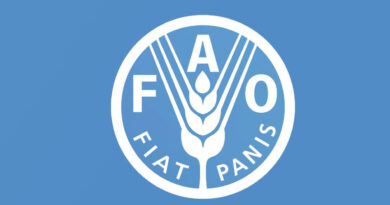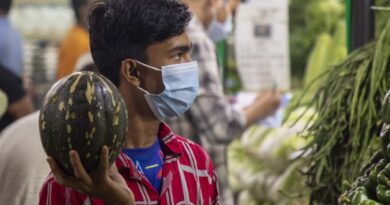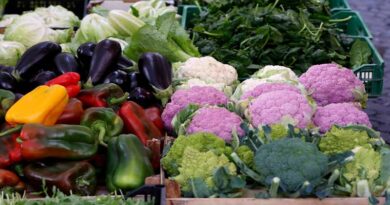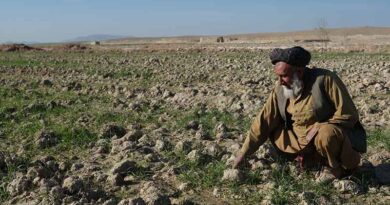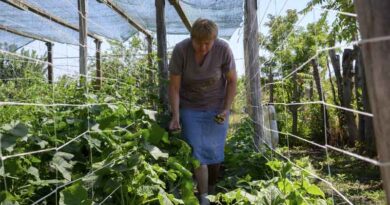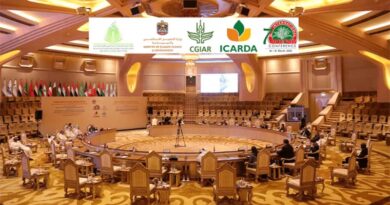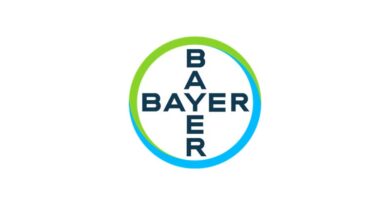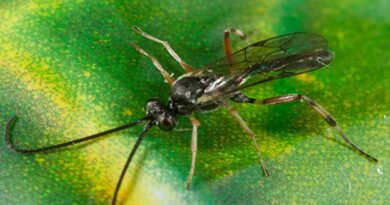G20: FAO urges Finance Ministers and Central Bank Governors to support the Food Import Financing Facility
16 July 2022, Rome: QU Dongyu, Director-General of the Food and Agriculture Organization of the United Nations (FAO), today underlined to G20 Finance Ministers and Central Bank Governors the growing food security and nutrition crisis facing the world. Highlighting data from the latest edition of the State of Food Security and Nutrition in the World (SOFI) by FAO and its partners, Qu noted that in 2021, up to 828 million people suffered chronic hunger. This is an increase of 46 million from 2020 and 150 million from 2019, before the COVID 19 pandemic. Around 2.3 billion people in the world were moderately or severely food insecure in 2021 – 350 million more people compared to 2019.
These stark figures represent the picture before the outbreak of the war in Ukraine, which has compounded the situation particularly for the poor and most vulnerable, Qu stressed. The Russian Federation and Ukraine are important players in the global food and fertilizer markets and the war has multiple implications affecting trade, prices and livelihoods.
These factors “will continue to impact on food security and nutrition for many countries in the months and years to come,” he warned.
Even before the conflict, international food commodity prices were at an all-time high, mostly due to supply chain disruption, but also as a result of soaring prices for energy and agricultural inputs.
The latest FAO Food Price Index, released on 8 July, declined slightly for the third month in a row, and averaged 154.2 points in June 2022 from its highest point at 160 in March, 2022. The drivers for soaring prices include: strong global demand due to the recovery; adverse weather in some producing countries; high production and transportation costs and supply chain disruptions due to COVID-19 – now made worse by the ongoing war.
War impacts fertilizer market
The war is also affecting the fertilizer market, as the Russian Federation is a key exporter of fertilizers. Some 15 net fertilizer-importers in Latin America, Europe and Asia have an import dependency of over 30 percent on Russian fertilizers. Among these are Brazil, India and the European Union, which are major agricultural producers and key players in world markets, Qu said.
While food prices are high in the retail market, the soaring prices of agricultural inputs including feed, fertilizers, pesticides and fuel have left farmers’ incomes squeezed, leading to decreasing production.
“This could place a double burden upon global agrifood systems: leaving us with poor farmers and lack of food availability at the same time,” the FAO Director-General warned.
FAO proposes food imports initiative
In face of this, Qu urged G20 Finance Ministers and Central Bank Governors to support FAO’s initiative for a fund to help sixty -two most vulnerable countries with their food import bills amid the current global food security crisis.
The Food Import Financing Facility (FIFF), proposed by FAO earlier this year, “will assist countries in financing their food purchases to minimize any risk of social unrest. With your support, it could be implemented by the leading multilateral financial agencies under their balance of payments financial mechanism,” Qu said in a statement to the meeting hosted by Indonesia.
The food import bill for the 62 nations, which are net food importers in the low and the lower middle-income groups, has increased to $24.6 billion. This affects 1.79 billion people, according to FAO estimates.
The FIFF is also aimed at increasing global agricultural production and productivity in a sustainable way. It would complement existing mechanisms within the UN system, would be strictly based on urgent needs and limited to low and lower middle-income net food-importing countries. In addition, the FIFF is designed to increase future resilience by asking eligible countries to commit to invest more in sustainable agrifood systems.
Also Read: Researchers use storytelling to evaluate women’s agency in agricultural production



